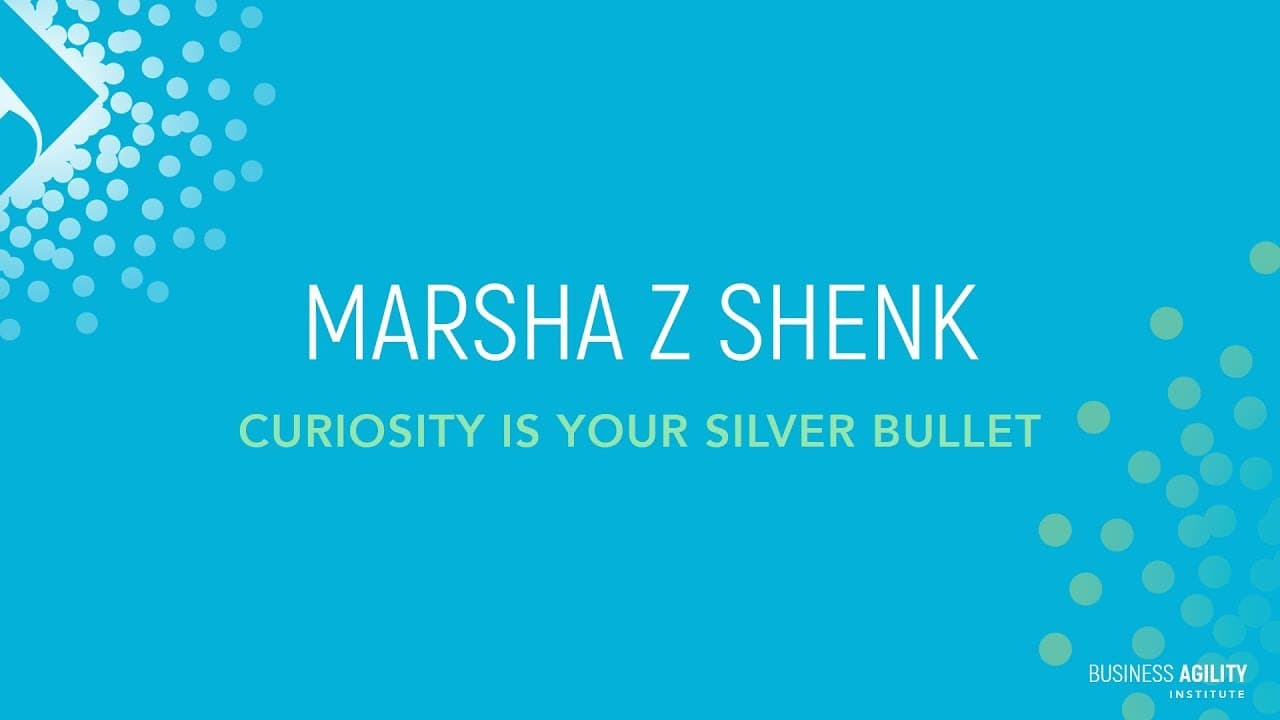I was asked to tell a story today, and my story is about how I became a business anthropologist. Why did I become one when there weren’t any early in my career? My motivation was similar to what drives Fabiola and Pia-Maria, but through the lens of business anthropology.
How did small bands of primates create this monster business world that leaves people out and behind?
In the 1960s and 70s, while in graduate school—when most of you probably weren’t born yet—I was pondering this question while supporting myself by working in business. I came to the conclusion that the most important thing I could do was to investigate what it takes to include people in business rather than leave them out. But as my career progressed, the issue worsened. In the 80s and 90s, people were reduced to mere assets in the name of “downsizing” or “right-sizing.”
As my concern grew, I studied with several neuroscientists. Here’s what I’ve learned: at puberty, our brains are programmed to turn away from what’s new and instead reinforce the neural pathways built up until that point.
The Evolution of Business
Imagine yourself in a small group where you’ve known everyone your entire life, likely sleeping close together, breathing in unison, deeply understanding each other's needs. This was the environment in which our brains evolved—where there was little social uncertainty. There was uncertainty about things like whether lions might eat our children, of course, which likely led to the development of language and the first forms of organized strategy.
Questions like “How do we keep the lions away from our kids?” may have given rise to what we now call business. Over time, these evolved into different concerns: “What about the people who don’t want Alexa in their homes?”
The Power of Belonging
Through my research, both individually and with social neuroscientists, I am convinced that belonging is the brain’s single most powerful driver. While there are variations in how much people crave it, the need for social connection is undeniable. Social animals die of grief more often than they die of hunger. There is ample evidence of this—one famous story tells of an orangutan and a dog who were both near death but found each other in a wildlife reserve. Their bond sustained them.
We now know that the brain’s primary function is regulation. Right now, our brains are regulating our metabolism. Unfortunately, because we’re not in the same room, we aren’t co-regulating in the way we might if we were physically together. But even through virtual interaction, we still experience a sense of connection with our tribe.
Business and the Brain
As a business anthropologist, I claim that all exchanges within a business are experienced through brain chemicals. In other words, we are all drug addicts. We love contributing to this network of exchanges, even though business today is far more complex than it was when our brains evolved.
Despite technological advancements, we remain as socially vulnerable as ever because our experiences are determined by our brains—not by external factors. The human brain evolved to focus on cooperation and coordination, which is why emotions play a crucial role in shaping our interactions with others.
The Social Neuroscience of Inclusion
One powerful experiment in social neuroscience illustrates this. Undergraduates were placed in an fMRI scanner and told they would be playing a virtual ball-tossing game with two other individuals. Initially, the ball was passed around equally, but after about 90 seconds, the two cartoon avatars stopped throwing the ball to the student and passed it only to each other.
The students came out of the MRI saying things like “They didn’t like me” and “I felt rejected.” This experiment demonstrates how deeply ingrained our need for inclusion is. The pain of exclusion is processed in the brain similarly to physical pain.
Curiosity vs. Social Uncertainty
The need for inclusion has driven many societal structures. For example, the belief that the third-born son must become a priest once seemed like an absolute truth. As a baby boomer, I grew up questioning these structures and wondering, “How did we create societies that functioned this way?” The answer, I’m afraid, is that we become addicted to social certainty.
However, we now live in a world where certainty is scarce. The people in our business ecosystem operate in a shifting environment where concerns, desires, and values constantly change. We have two options: we can dismiss them as “those idiots who aren’t buying our products”, or we can remain curious about their evolving needs.
Unfortunately, curiosity is often inhibited by social uncertainty. When we feel uncertain about our standing in a group, our prefrontal cortex shuts down, activating the fight, flight, or freeze response. This happens instinctively, whether the threat is a bear in the wild or an uncomfortable business situation.
Embracing Vulnerability
So, what has to happen for us to stay curious?
Here’s an example from my work with executives. One leader, after conducting an exercise, came back to me and said, “I don’t want you to tell anyone this, but all the best teams have single mothers—and I have no idea why.” He asked me to explain.
And I could. Single mothers are more vulnerable than others on the team, and their teammates naturally become curious about how to support them. This heightened awareness leads to better coordination and collaboration. When we embrace vulnerability, we get smarter.
Scaling Curiosity in Business
How can businesses embrace vulnerability at scale? How can we move away from “us vs. them” thinking and instead become fascinated by what makes people different?
The key is sincere inquiry. Whether through structured rituals, agile ceremonies, or core business promises, we need mechanisms that continually foster curiosity. Psychological safety—giving people the ability to slow down, reflect, and process—also plays a critical role.
Final Thoughts
We can stay curious, and there are many tools to help us finesse uncertainty. You all already understand the ROI of meeting the brain’s social hunger, but the deepest human need is co-regulation—breathing together, looking into each other’s eyes, and feeling connected.
My team is testing a new tool to help organizations maintain curiosity about their business ecosystem. If your organization would like to participate in this test, we would be delighted.
Ultimately, it’s about bringing the gift of curiosity to your ecosystem. That’s really all I have to say. I am deeply grateful for the researchers and teachers who have come before me. For those interested, here are a few easily accessible books on the subject. I’ll also be sharing more at the Business Agility Conference, where I’ll tell some juicy stories about getting curiosity going in impossible environments.
Thank you.



